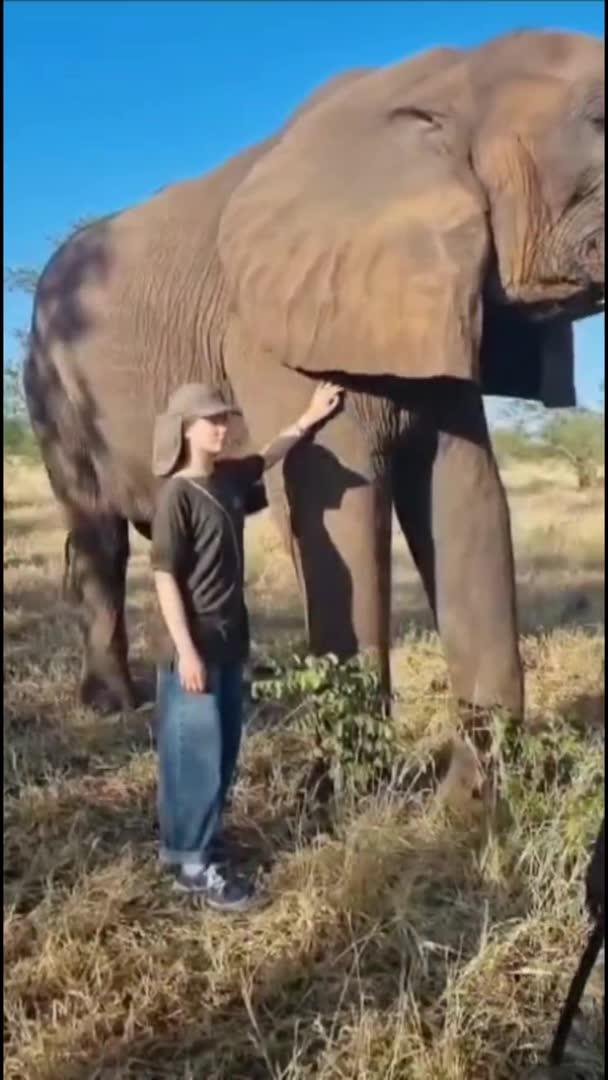
I have some farm raised bird mounts for sale. They all have the tags attached to the mounts so it's 100% legal. My family raised birds for 20+ years. Silver Hawaiian pintail duck Mallard drake Pintail Goose Double wood duck hen and drake Ringneck pheasant hen rooster double Prices are listed in the pictures. I will give discount if someone buys all together. I prefer not to ship. Located in northern Wisconsin
Post: 2 January 21:39
















































